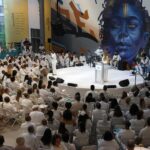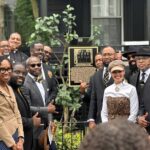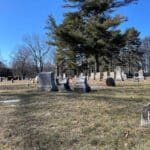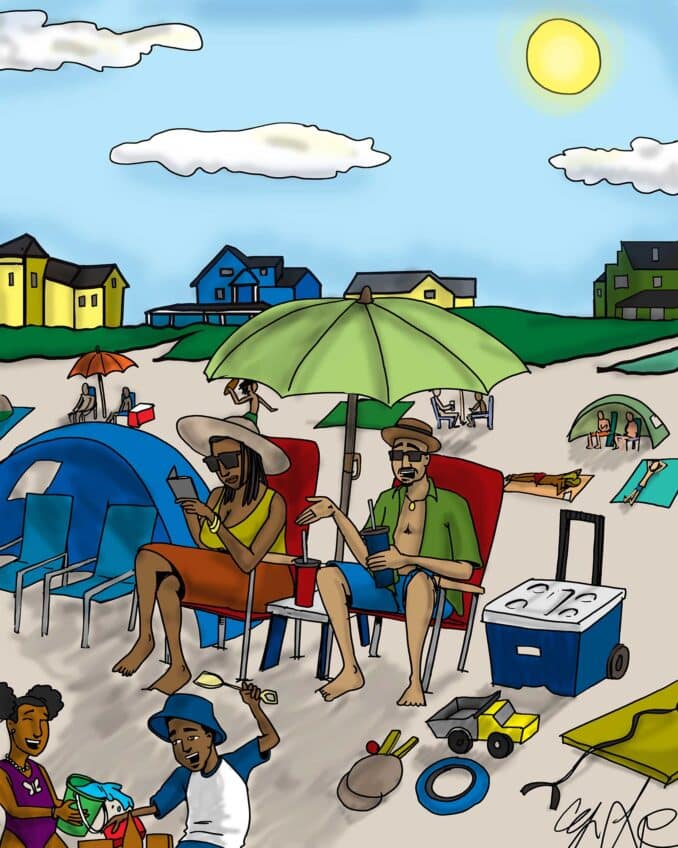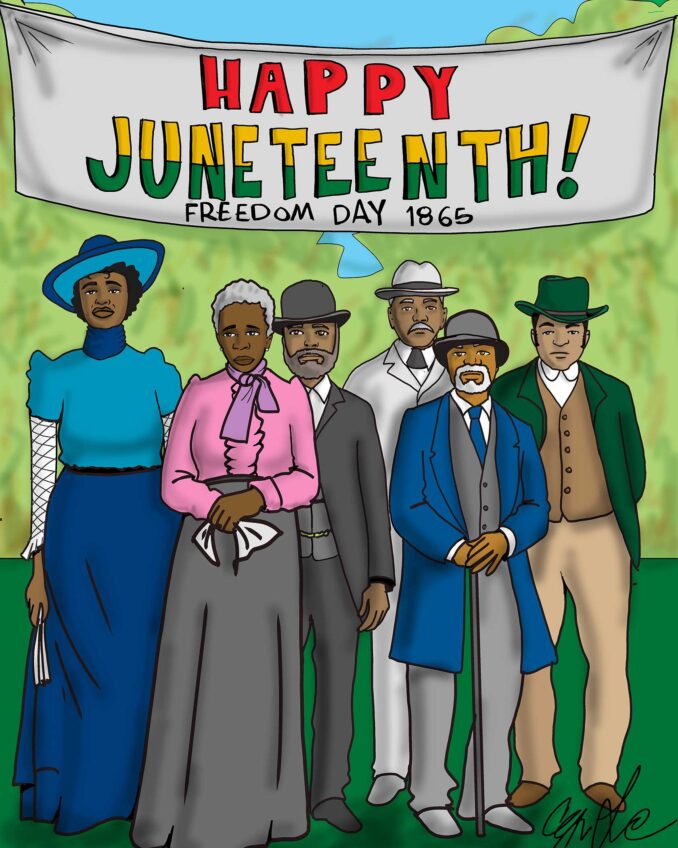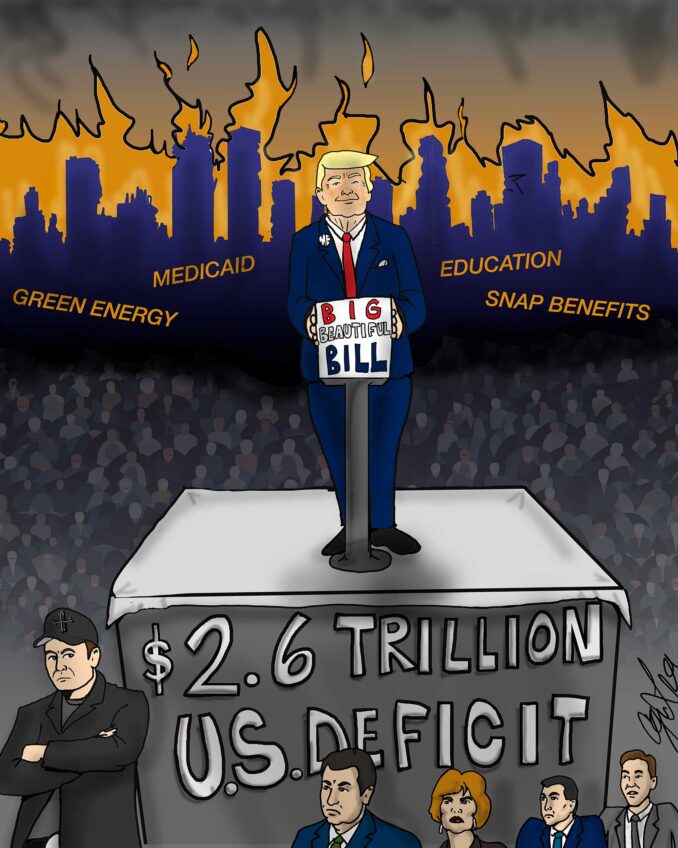Twenty years after the flames: the Rodney King beating verdict and the LA riots
Twenty years after the flames: the Rodney King beating verdict and the LA riots
For two fateful days at the end of April and the first day of May 1992, I ducked around police cordons and barricades, and cringed in fear at the cackle of police gunfire. I choked and was blinded by the thick, acrid smoke that at times blotted out the sun and gave an eerie, surreal feel to Los Angeles.
I watched many Los Angeles Police Department (LAPD) officers stand by virtually helpless and disoriented as looters gleefully made mad dashes into countless stores. Their arms bulged with everything from clothes to furniture items. I watched an armada of police from every district throughout California and the nation, National Guard units and federal troops drove past my house with stony, even scared looks on their faces, their guns ready.
I watched buildings, stores and malls that I frequented instantly disappear from the landscape in a wall of flames. Several friends who lived outside of L.A. were concerned about my safety. They implored me to leave my home in the middle of the riot area and stay with them until things blew over. I thanked them but I decided to stay put.
As a journalist, I felt bound to observe and report firsthand the mass orgy of death and destruction that engulfed my south L.A. neighborhood during the two fateful days of the most destructive riot in United States history.
The warning signs that L.A. was a powder keg were there long before the Simi Valley jury with no blacks acquitted the four LAPD cops that beat Rodney King. There was the crushingly high poverty rate in South L.A., a spiraling crime and drug epidemic, neighborhoods that were among the most racially balkanized in the nation, anger over the hand slap sentence for a Korean grocer that murdered a black teenage girl in an altercation, and black-Korean tensions that had reached a boiling point.
Above all, there was the bitter feeling toward an LAPD widely branded as the nation’s perennial police agency for brutality and racism.
This year, on the 20th anniversary of the King verdict and the L.A. riots, many still ask the incessant question: Can it happen again? There are two hints that give both a “yes” and “no” answer to the question.
The “yes” is the repeated questionable killings of young unarmed African Americans by police and quasi-authority figures, such as Trayvon Martin and Kendrec McDade, nationally and in L.A. County. The other cause for wariness is conditions in South L.A. and other urban communities.
In the two decades after the riots, South L.A. and the many other South L.A.’s of America have been written off as vast wastelands of violence and despair. Many banks and corporations, as well as government officials, reneged on their promises to fund and build top-notch stores, make more home and business loans, and provide massive funding for job and social service programs in the poorest of the poor, black, inner city areas.
The National Urban League, in its annual State of Black America reports, grimly notes that blacks have lost ground in income, education, healthcare and their treatment in the criminal justice system compared to whites. They are more likely than any other group in America to be victimized by crime and violence. African American flight has also drastically diminished black political strength in Los Angeles and statewide.
In the past two decades, the number of African Americans in the California legislature has shrunk, and there is the real possibility that blacks could lose one, possibly two, of their three Los Angeles city council seats in the next few years.
In 2005, on the 40th anniversary of the other L.A. riot that ripped the nation — namely the Watts riots in 1965 — the L.A. chapter of the National Urban League and the United Way issued an unprecedented report on the State of Black L.A.. The report called the conditions in South L.A. dismal, stating that blacks still had higher school drop-out rates, greater homelessness, died younger and in greater numbers, were more likely to be jailed and serve longer sentences, and were far and away more likely to be victims of racial hate crimes than any other group in L.A. County.
On the other hand, there’s the hint of a “no” that it can’t happen again. There is the election of President Obama, the unprecedented expansion and prosperity of black middle class, the major reforms imposed on the LAPD through consent decrees, commissions and command changes, implanted by the LAPD to improve police-community outreach and diversity — and reduce the use of force.
The LAPD is no longer seen by many as an occupying army in the ghetto. There’s the sharp reduction in crime and gang violence, and the alleviation of black-Korean tensions in South L.A.. These are cautious, but hopeful signs for the present and the future.
The L.A. riots are no longer the national and world symbol of American urban racial destruction, neglect and despair. But it’s is still a cautionary tale; a warning that despite the political hope and positive changes in South L.A.
Earl Ofari Hutchinson is an author and political analyst.

